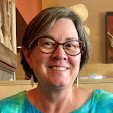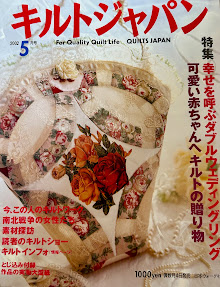Today's marine biology lesson is on
SAND DOLLARS.
When I moved to Gig Harbor and told people about the little bay near my house, some of them said, "Oh, that's known as Sand Dollar Cove. They're all over the beach down there." So down I went, looking for those pretty, smooth white sand dollars that you see in beach town tourist shops. I couldn't find any. That's because LIVE SAND DOLLARS ARE DARK PURPLE AND HAIRY LOOKING, like the one wedged into the sand above. Who knew?
The white ones are actually the exoskeletons -- called "tests" -- of dead dollars. In the photo above, you can see both live and dead sand dollars, or Dendraster excentricus. I took these photos last weekend during low tide at Kopachuck Beach during our Harbor WildWatch volunteer training.
They live in big groups beyond mean low water on top of or just beneath the surface of sandy or muddy areas. The little spines on the underside allow the animal to burrow or slowly creep through the sediment. Fine, hair-like cilia cover the tiny spines. Short spines on top give them the appearance of velvet. Podio that line the food grooves move food to the mouth opening, which is in the center of the star-shaped grooves on the underside of the animal. They eat crustacean larvae, small copepods, diatoms, algae and detritus.
COOL FOOD FACT: Sometimes a sand dollar "chews" its food for 15 minutes before swallowing. It can take two days for the food to digest. (Who researches this stuff?!)
These little animals, which can grow up to five inches in diameter, usually live six to 10 years.
Can you find the live and dead sand dollars in our touch tank above? It also contains oysters, a crab, barnacle-encrusted rocks, an anemone, and part of the egg collar from a moon snail (the gray thing in the center that looks like part of a toilet plunger). That's our setup in the photo below. We go to beaches around Gig Harbor during low tides and set up touch tanks to show the public what lives in our water.
For much better information than I can give in my blog, check out the website at http://www.harborwildwatch.org/ for the great book the group sells, called
"Puget Sound's Wildside: A Natural History
of Puget Sound's Marine Environment."
The website also has our beach schedule, in case you want to come down and visit.
Have a colorful day!
















No comments:
Post a Comment